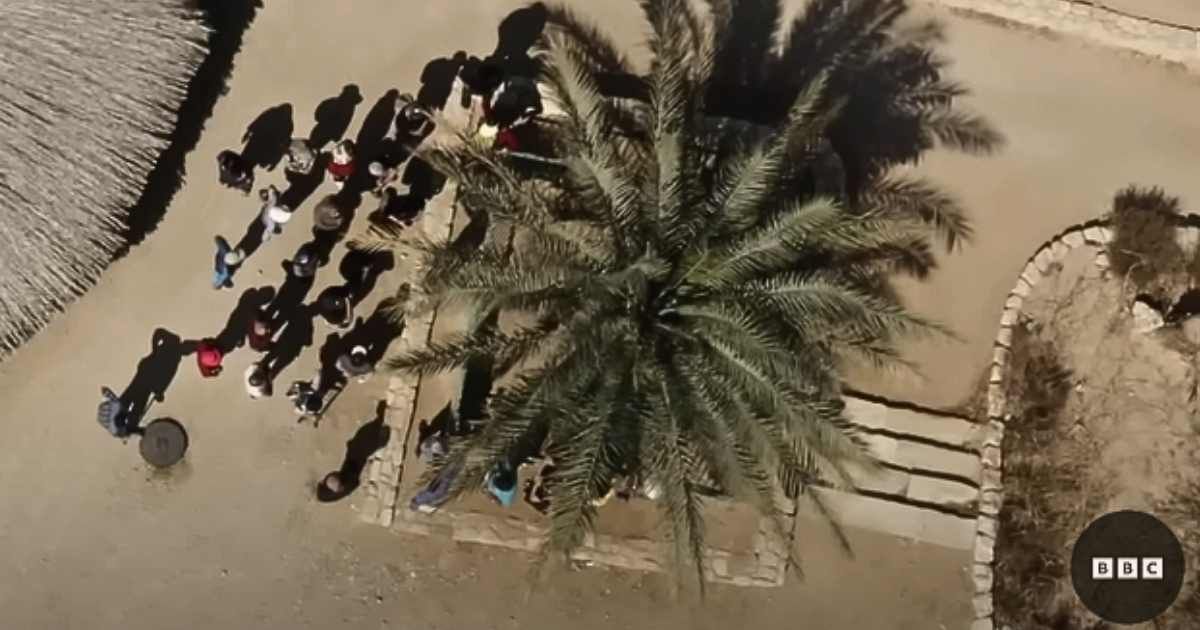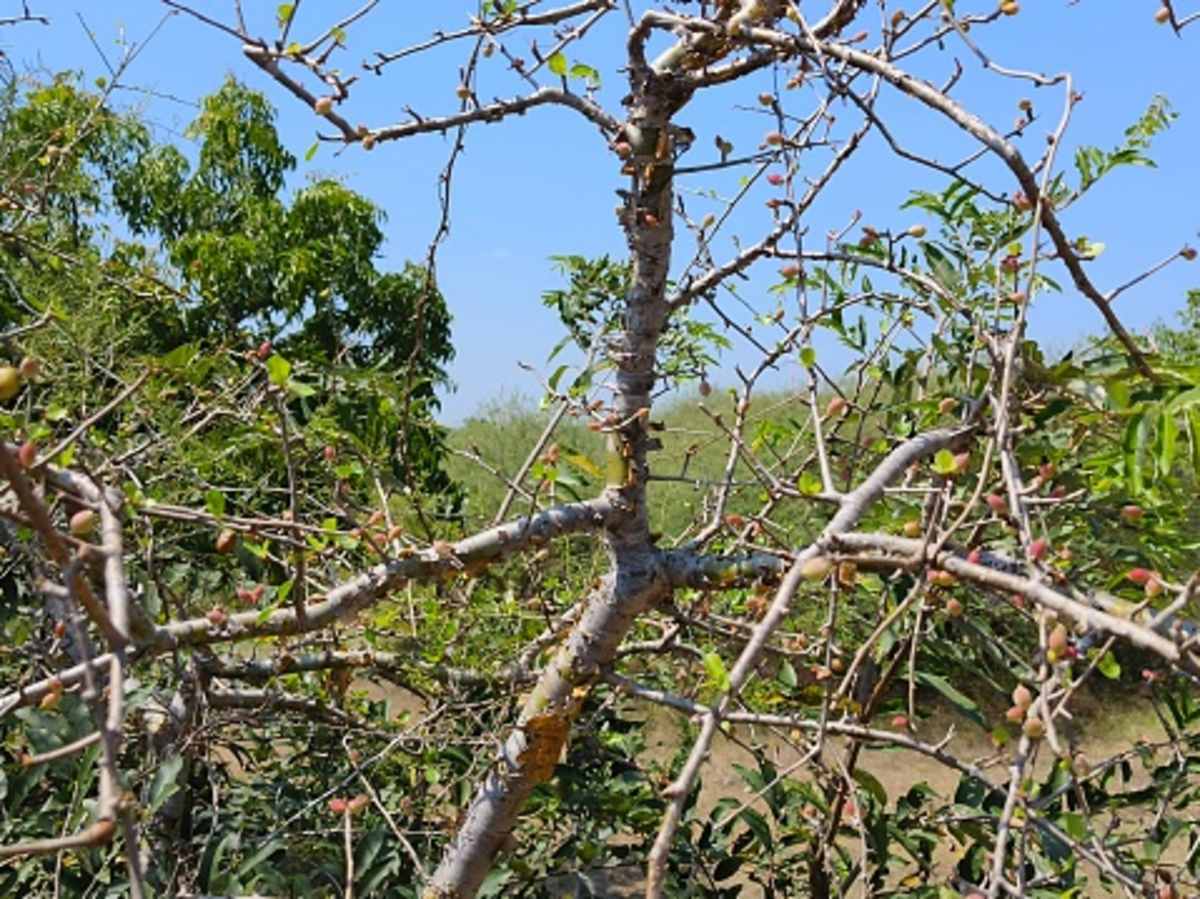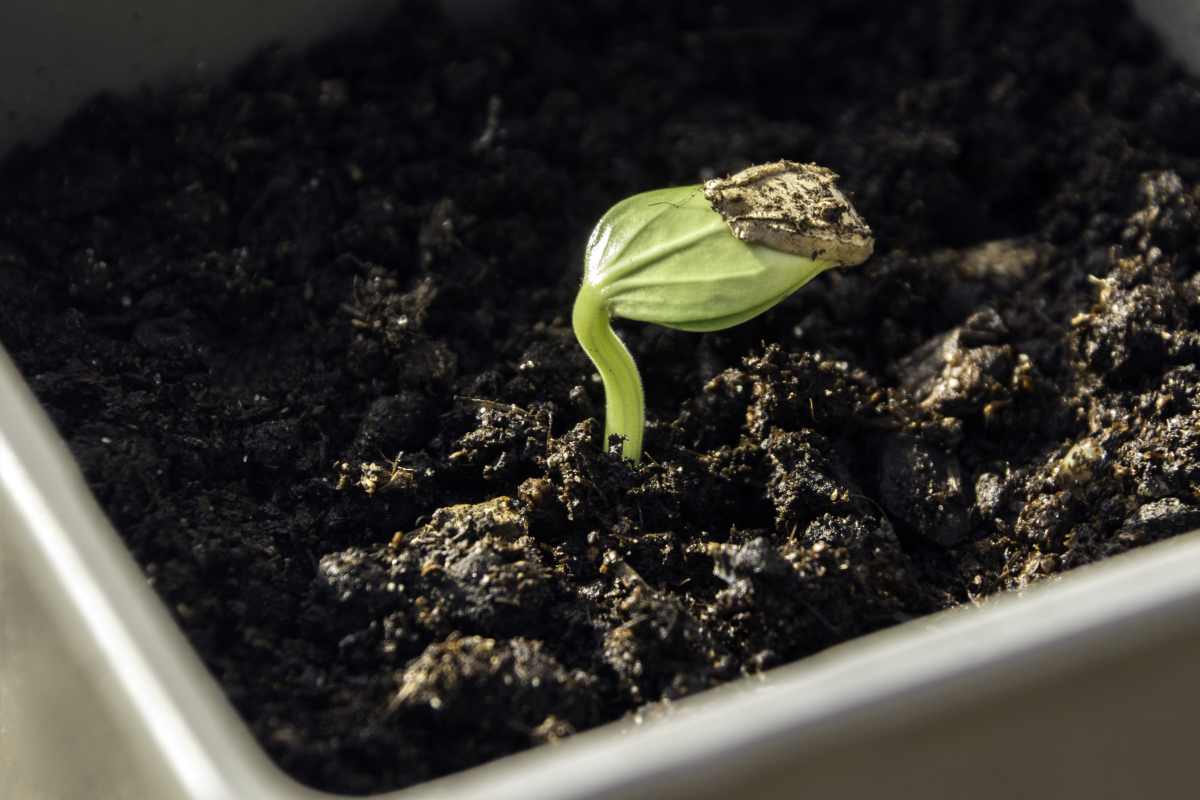Scientists Resurrect Lost Biblical Plant From a 1000-Year-Old Seed — It Has Now Grown 10 Feet

A team of researchers made a historic discovery after finding a 1000-year-old seed in an ancient cave in the Judean Desert in Israel around the 1980s. The age-old seed was lying dormant for centuries until the scientists left it in a fertilizing medium for years to resurrect it. While the hopes were low, the seed germinated after weeks to reveal it belonged to an enigmatic and extinct tree species that had been associated with a healing balm mentioned in the Bible and other ancient texts. The experts wanted to confirm if the tree’s extract was used to produce “tsori,” a medicinal compound that was extensively cultivated in historic times. The study was published in the journal Communications Biology in September 2024.

Researchers grow an ancient medicinal plant

Researchers found the perfectly preserved seed during an archaeological dig in the lower Wadi el-Makkuk region in north Jerusalem. However, identification through the seed alone was not possible, which urged the experts to plant the tree in pursuit of gathering more information about the specimen. “About five and a half weeks later, up jumps this nice little shoot,” said Dr. Sarah Sallon, a physician and founder of the Louis L. Borick Natural Medicine Research Center at Hadassah University Medical Center in Jerusalem. She speculated whether the tree was related to the biblical “tsori” that was found in the historical region of Gilead near the Dead Sea in the Jordan Rift Valley.

As years went by, the seedling grew leaves and is now 10 feet at 14 years old. The researchers shared images of the ancient tree to gather insights from other botanists across the globe. Soon, a botanist identified it to belong in the Commiphora genus and was later confirmed by Dr. Andrea Weeks, co-author of the study and an associate professor in the department of biology at George Mason University in Fairfax, Virginia. She studied a leaf sample sent to her and sequenced the tree’s DNA to confirm the identification. But there was a catch. The tree specimen belonged to a species now extinct in the modern world. The DNA sample did not match with the existing Commiphora species in her system.
A close cousin of the biblical tree

It did not take long for the scientists to realize that the actual tree species that produced the ‘Judean Balsam’ or the ‘Balm of Gilead’ was, in fact, closely related to this tree. However, the found tree did not produce any aromatic compounds used in the healing balm. It was made out of a fragrant resin used to make a revered perfume exported across the world. “We planted it in 2010 (and) it’s now 2024. Why did we wait so long (to publish the research)? Because I wanted to make sure that it wasn’t the Judean Balsam. And how would I definitively know that? By smelling it,” revealed Sallon. The medicinal plant did not grow any flowering or fruits that would lead to easy identification.
Instead, the researchers detected compounds like “guggulterols”, a reassuring indication of the tree’s close relations with the Judean balsam. This compound found in Commiphora wightii tree species can potentially fight cancer. “Based on all these things, it’s not the Judean balsam, it’s a close cousin of it, and one of the non-aromatic Commiphora that is a treasure chest of medicinal compounds,” Sallon explained. Though it was not the source of the biblical extract, the tree’s survival even after staying dormant for thousands of years startled Dr. Louise Colville, a senior research leader at the Royal Botanic Gardens in London, per CNN. @BBC_Global shared an interview with Dr. Sarah Sallon on YouTube.
More on GreenMatters
World’s Oldest Forest Discovered Near New York City May Reveal Secrets About Earth’s Hidden Past
Scientists Find a Hidden Treasure Worth $540 Billion at the Bottom of California's Largest Lake